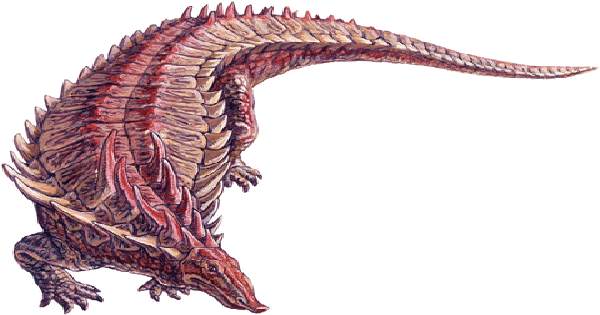252 million years ago, life almost disappeared from the ocean, it is known as The Great Dying. Strongly pinning the blame for the gases from the eruption of the volcano, scientists have reconstructed them in more detail about the way the phenomenon was uncovered using the shells of brachiopods. Ninety-nine percent of all marine species and two-thirds of the terrestrial vertebrates died by the end of the Permian era. No other mass extinction has come close.
These are clam-like creatures that have existed on Earth for more than 500 million years, Zurikova said in a statement. His specimens included well-preserved brachiopods from the first third and earlier (then oceanic) Southern Alps. Extinction, including confirming shells from China, boron isotopes in the
shells indicate ocean acidity at the time, a method that has recently begun to provide a lot of insight into climate conditions.
Most scientists who have studied the event have blamed a massive outbreak of volcanic activity in Siberia, which provided enough gas in the atmosphere to change both climate and ocean chemistry. A few reconstructions contain options
such as asteroid effects or germs. To learn more, Dr. Hannah Zurikova of the Jemar Helmholtz Center for Ocean Research used brachiopod shells to detect marine acidity in the era.
In Nature Geoscience they calculate that atmospheric carbon dioxide has reached 4,400 parts per million (10 times more modern levels), warming the planet by about 10ºC (18ºF). It is difficult to determine the mood of an animal without the central nervous system, but we can safely say that these bivalves were not as happy as the bet. The flooding pH level made life extremely difficult for the shell-making organism. Since the increased acidity was almost certainly the result of dissolved carbon dioxide, which was a reflection of changes in the atmosphere, Zurikova, and her colleagues were also able to predict the effects of climate. Zurikova also said. In addition to the warmer conditions of most terrestrial plants and animals, the changed atmosphere makes the weather more conducive to the washing of the oceans. This has created a worldwide version of the fertilized-powered giant algal flower blossom, resulting in a fatal depletion of oxygen. This domino-like collapse of interconnected life-sustaining cycles and processes eventually leads to a catastrophic range of mass extinctions on the Permian-Triassic frontier.
Dating the giant Siberian lava flowed 252 million years ago, coinciding with The Great Dying has long aroused skepticism about the event, but the paper reveals the nature of the connection. The authors believe that the amount of carbon
released into the atmosphere at that time surpassed that of all fossil fuel reservoirs. However, this has been the case for more than a few thousand years, and the annual rate was at least 14 times lower than current human emissions.
















